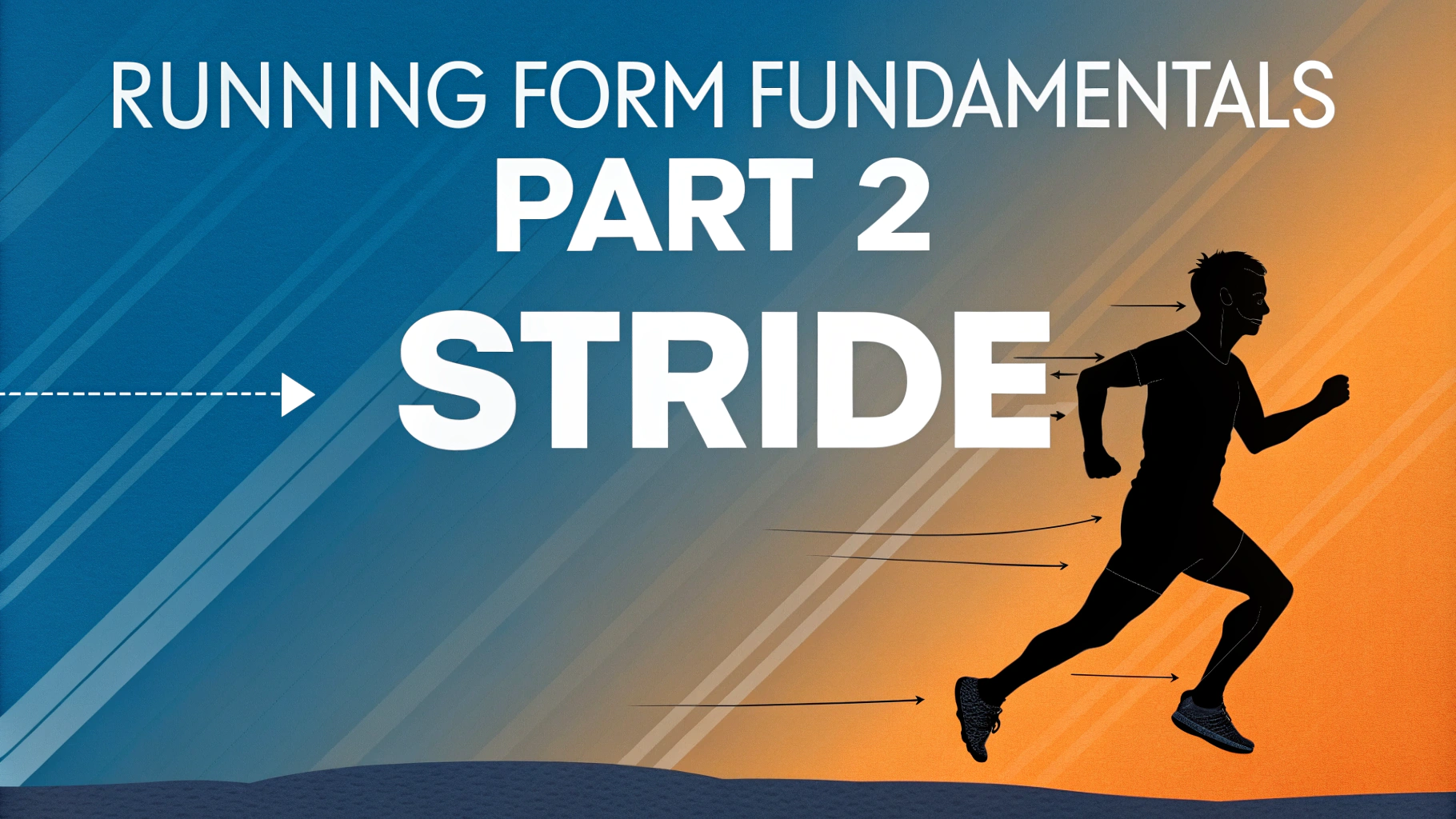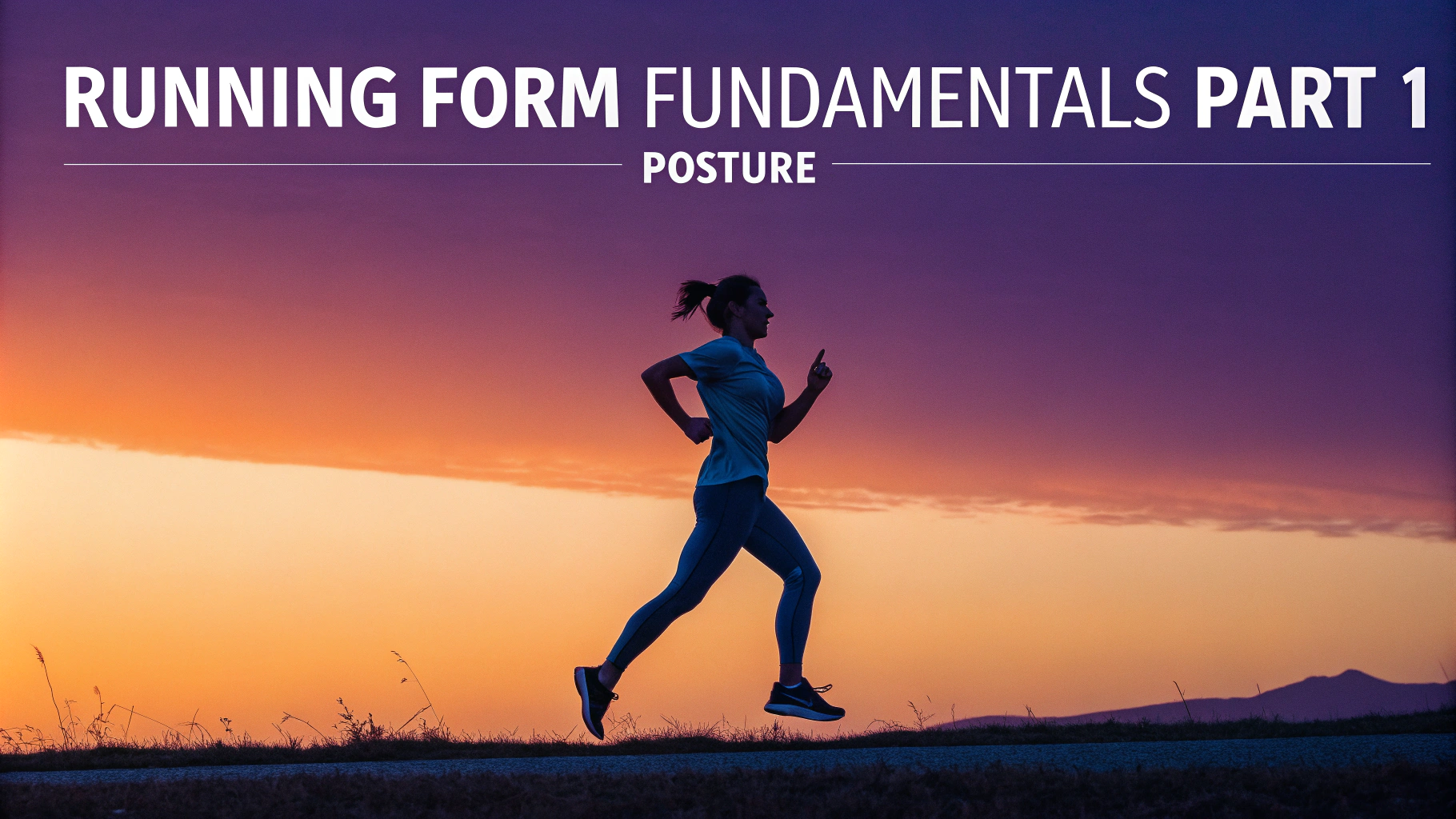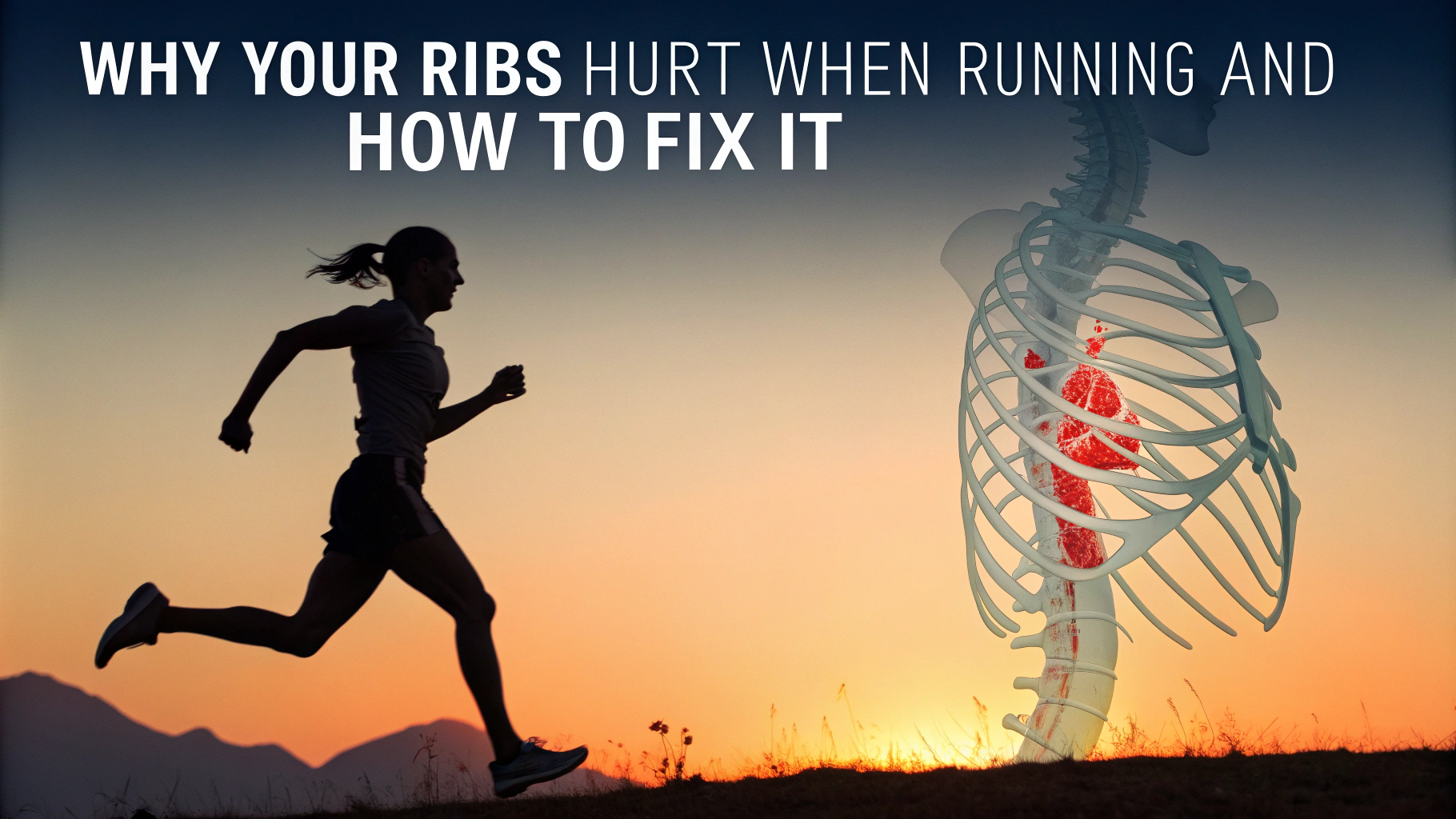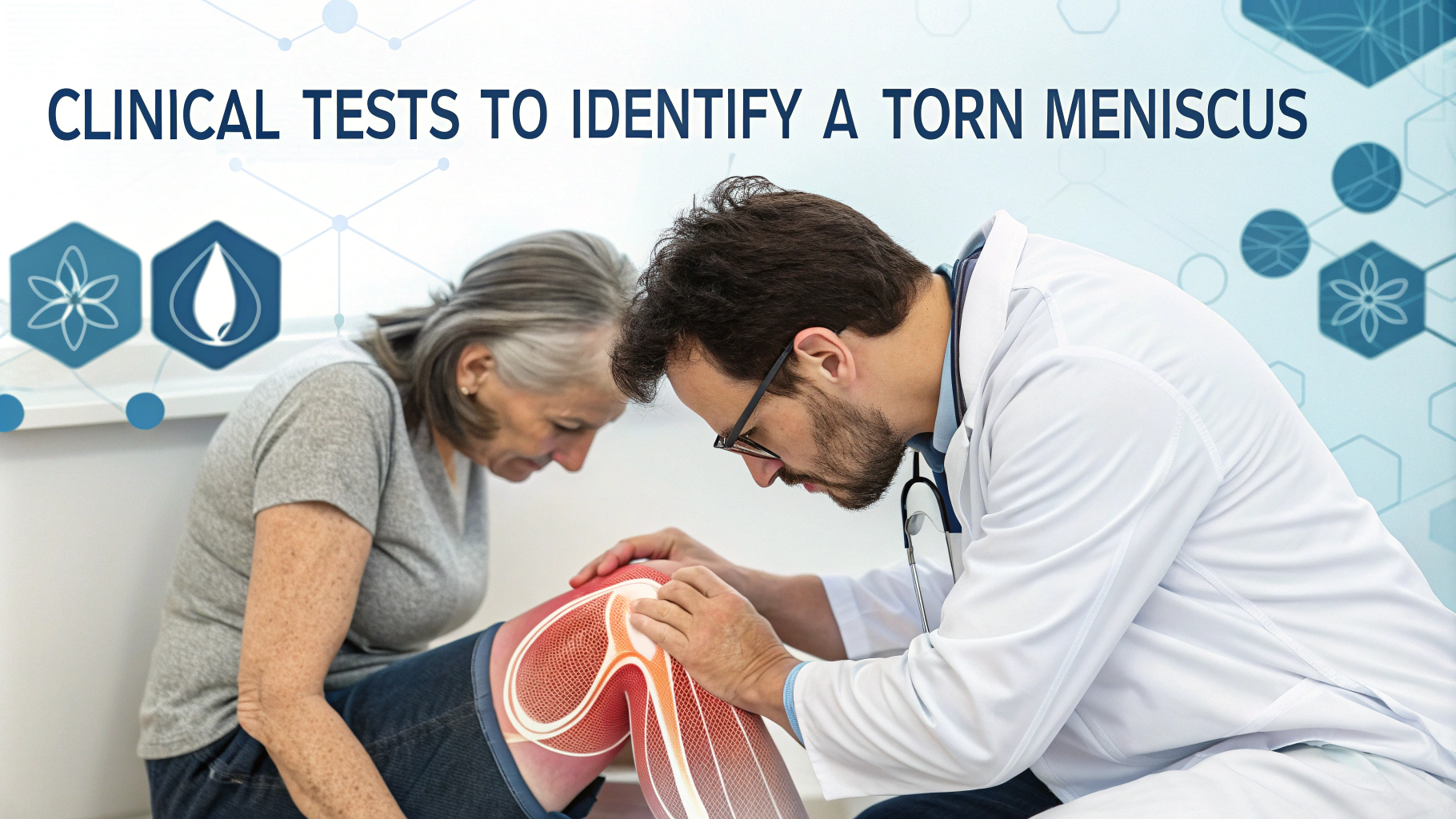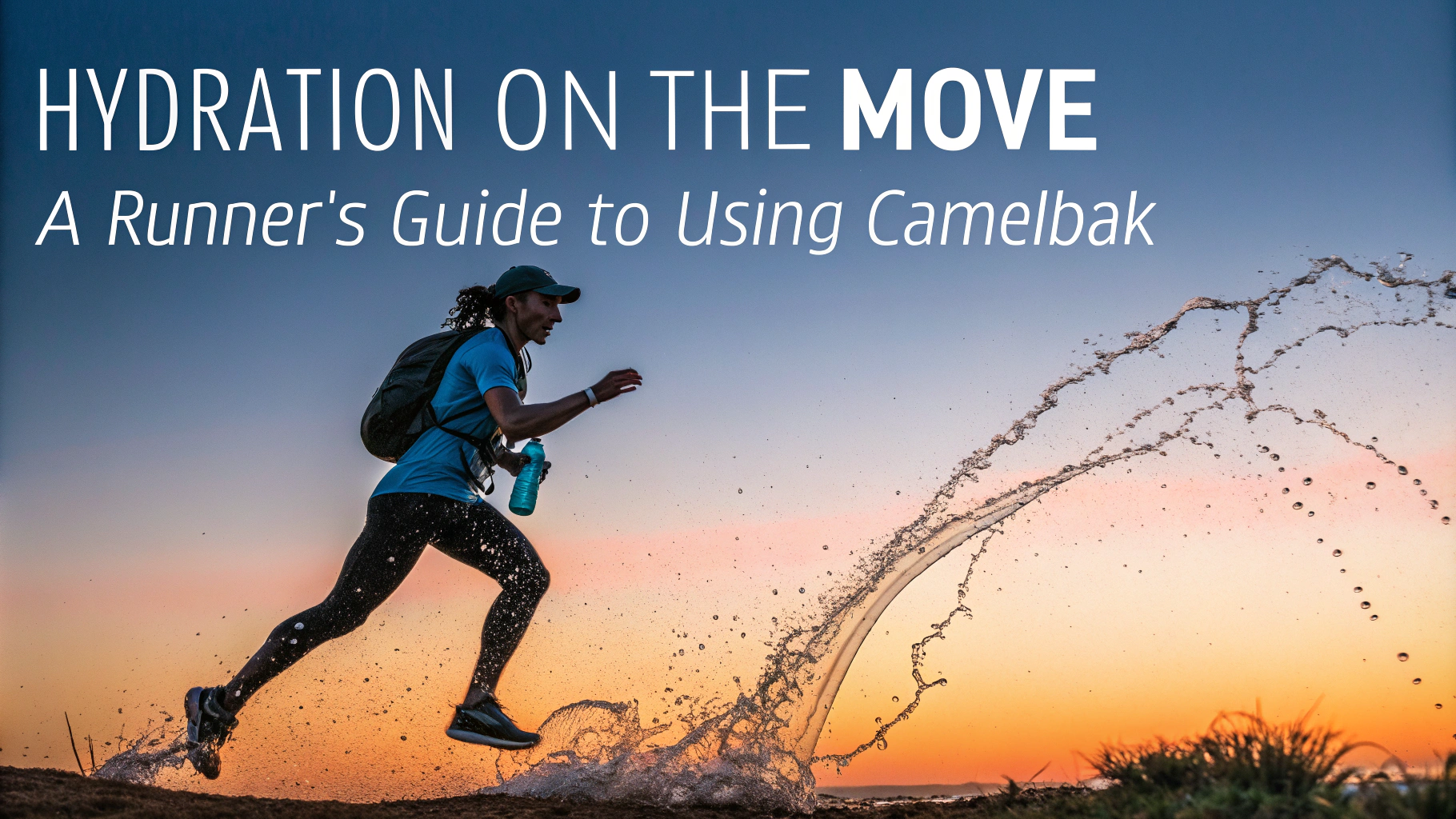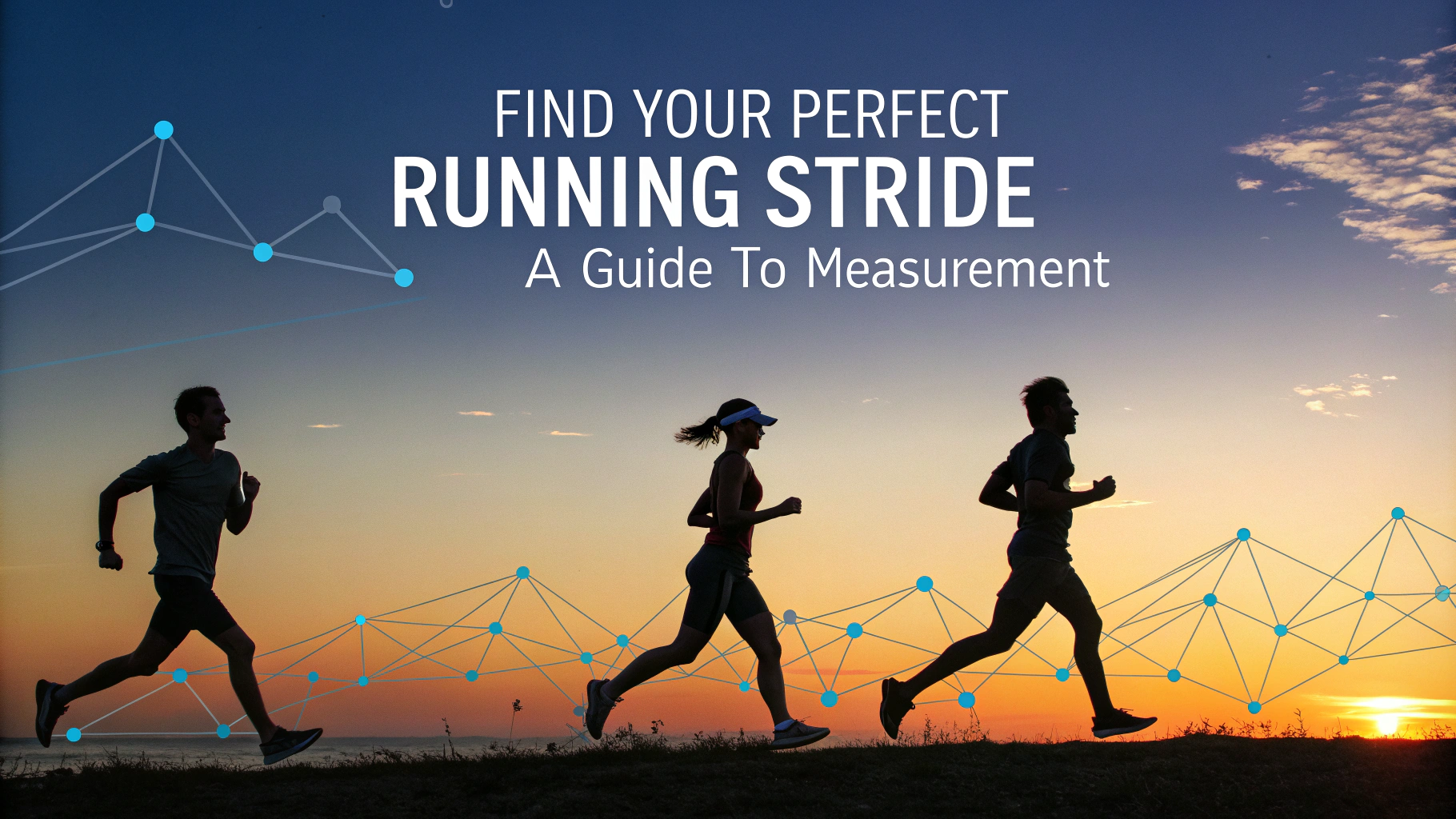Running injuries can be tricky to diagnose, especially when it comes to distinguishing between shin splints and stress fractures.
Shin splints typically cause a dull, aching pain along the inner edge of the shinbone (tibia), while stress fractures present as a more focused, sharp pain in a specific spot.
Quick Comparison
| Symptom | Shin Splints | Stress Fracture |
|---|---|---|
| Pain Location | Diffuse pain along shin | Specific point of tenderness |
| Pain Timing | Usually decreases during workout | Worsens during activity |
| Pain Type | Dull, aching | Sharp, focused |
Warning Signs of a Stress Fracture
- Pain that intensifies during impact activities
- Swelling around a specific area
- Pain when pressing a specific spot
- Pain that persists even at rest
Treatment Approaches
For Shin Splints:
- Rest for 2-3 weeks
- Ice therapy (15 minutes, 3-4 times daily)
- Compression sleeves
- Gentle stretching exercises
For Stress Fractures:
- Complete rest from impact activities (6-8 weeks)
- Possible use of a walking boot
- Cross-training with non-impact activities
- Medical evaluation required
Prevention Tips
- Gradually increase running mileage (10% rule)
- Wear proper running shoes (replace every 400-500 miles)
- Run on softer surfaces when possible
- Include strength training for legs and core
- Maintain good running form
If pain persists for more than two weeks or significantly impacts daily activities, consult a sports medicine physician or orthopedist for proper diagnosis.
Contact the American Academy of Orthopedic Surgeons at 847-823-7186 or visit their website at www.aaos.org for additional resources and to find a specialist near you.
Recovery Timeline
Shin Splints:
- Mild cases: 2-3 weeks with proper rest
- Moderate cases: 4-6 weeks with rehabilitation
- Severe cases: 8-12 weeks with professional treatment
Stress Fractures:
- Minimum recovery: 6-8 weeks
- Full healing: 12-16 weeks
- Return to running: Gradual progression over 4-6 weeks
Rehabilitation Exercises
Recommended for Shin Splints:
- Toe raises and heel walks
- Calf stretches
- Ankle rotations
- Resistance band exercises
Safe Activities During Recovery:
- Swimming
- Cycling (stationary bike)
- Pool running
- Low-impact strength training
When to Resume Running
- Pain-free during daily activities
- Full range of motion restored
- Strength returns to pre-injury levels
- Cleared by healthcare provider (for stress fractures)
Conclusion
Understanding the difference between shin splints and stress fractures is crucial for proper treatment and recovery. While shin splints can often be managed with conservative treatment, stress fractures require more extensive care and longer recovery periods. Following proper prevention techniques and listening to your body’s signals can help prevent both conditions from developing or recurring.
Remember that early intervention and accurate diagnosis lead to better outcomes. When in doubt, always consult with a healthcare professional to ensure appropriate treatment and safe return to running activities.
FAQs
- What are the key differences between shin splints and stress fractures?
Shin splints cause pain along the inner edge of the shinbone (tibia), while stress fractures cause focused pain in a specific spot. Shin splints typically improve with rest during activity, whereas stress fracture pain usually worsens during activity and can persist even when resting. - How long does recovery take for each condition?
Shin splints typically heal within 2-4 weeks with proper rest and care. Stress fractures require 6-8 weeks minimum for recovery and often need complete cessation of high-impact activities. - What are the diagnostic tests used to confirm each condition?
Shin splints are typically diagnosed through physical examination and patient history. Stress fractures require imaging tests like MRI or bone scan for confirmation, as they may not show up on regular X-rays initially. - Can I continue running with either condition?
With shin splints, you may continue light activity if pain permits. With stress fractures, all running must stop immediately to prevent complete fracture, and cross-training with non-impact activities is recommended. - What are the primary causes of each condition?
Shin splints result from overuse and inflammation of muscles attached to the tibia. Stress fractures occur from repetitive stress and impact that causes small cracks in the bone, often due to sudden increases in training intensity or volume. - How can I prevent both conditions from occurring?
Gradually increase training volume (10% rule), wear proper footwear, run on softer surfaces, maintain good form, and incorporate strength training. Also ensure adequate calcium and vitamin D intake for bone health. - What immediate treatment steps should I take for each condition?
For shin splints, use RICE (Rest, Ice, Compression, Elevation) and gentle stretching. For stress fractures, immediately stop high-impact activities and consult a healthcare provider for proper treatment protocol. - Are certain runners more susceptible to these injuries?
Yes, runners with high arches, flat feet, poor biomechanics, or those who suddenly increase mileage are more susceptible. Female runners with irregular menstrual cycles or low bone density are at higher risk for stress fractures. - What role does footwear play in both conditions?
Worn-out or inappropriate footwear can contribute to both conditions. Shoes should be replaced every 400-500 miles and match your foot type and running style to provide proper support and shock absorption. - When should I seek professional medical attention?
Seek medical attention if pain persists after several days of rest, if there’s severe pain in a specific spot, swelling, or if the pain affects your normal walking gait. Immediate attention is needed if you suspect a stress fracture.


